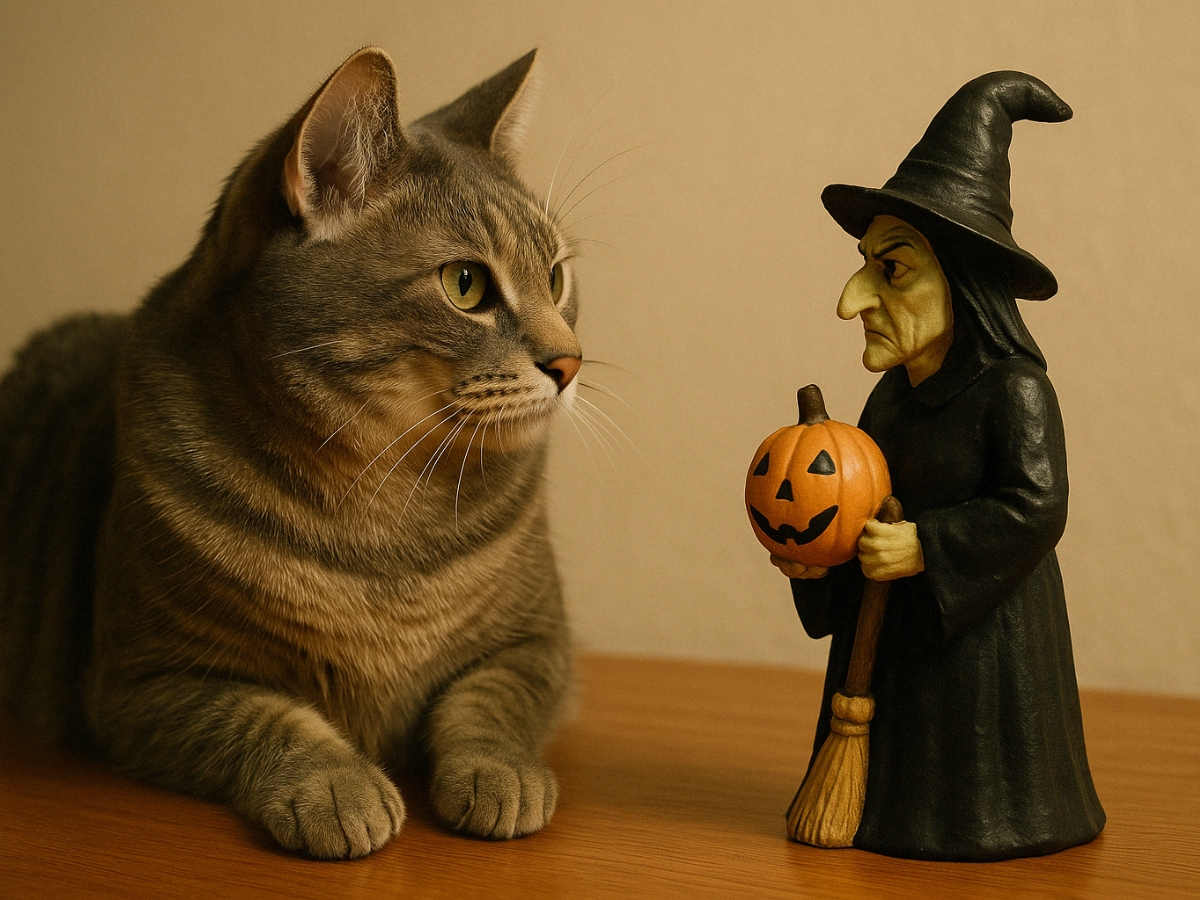Did you know that everything you think you know about cats might just be wrong? For centuries, cats have been enveloped in mystery and folklore, leading to some fascinating misconceptions. Let’s unravel these myths and reveal the surprising truths behind them. You’ll discover things that’ll make you see your furry friend in a whole new light. Let’s dive into the whimsical world of feline facts and fantasies, and learn secrets that most cat owners wish they knew sooner. Ready to uncover the truth behind these popular cat myths? Let’s get started!
Cats Always Land on Their Feet
We’ve all heard it: cats always land on their feet. While our graceful feline companions are skilled acrobats, this isn’t entirely true. Cats do possess a unique inner ear balance mechanism and a natural righting reflex that helps them turn in the air. However, there’s no guarantee they’ll always land perfectly, especially from dangerous heights. Their agile bodies allow them to twist in mid-air, but it doesn’t make them invincible. So, next time Fluffy climbs that tree, ensure her safety by supervising or cat-proofing your surroundings!
Cats Are Completely Independent
We often hear that cats are solitary creatures and don’t need human companionship. But, surprise! Cats can be just as social and emotionally connected as dogs, forming strong bonds with their human families. They may enjoy alone time, yet many thrive with interaction and play. It’s important to spend quality time with your cat since they crave love and affection more than you might think. From headbutts to kneading, your feline’s subtle signals reveal a deep connection. Try a new interactive toy today and watch their independent façade melt away.
Black Cats Bring Bad Luck
This ancient superstition has unfairly tarnished the reputation of black cats. Did you know that in some cultures, they’re considered symbols of prosperity and good fortune? Black cats have been notorious victims of myths, but in truth, their beautiful coats and piercing eyes are just part of their mysterious charm. The association with bad luck is a result of historical misunderstandings rather than facts. Adopt a black cat, and you’ll be winning in the luck department with love and companionship.
Cats Are Nocturnal Creatures
Ever wonder why your cat seems to party at midnight? Contrary to popular belief, cats aren’t truly nocturnal. In fact, they’re crepuscular, meaning they are most active during the dawn and dusk. This behavior developed from their wild ancestors who hunted during these times. While they’re up at odd hours, with proper routines and activity management, you can align their schedule closer to yours. Schedule play sessions around twilight to keep their instincts satisfied and your nighttime quieter.
Cats Aren’t as Smart as Dogs
A common debate: canines versus felines in a battle of wits. The truth is, cats boast intelligence that’s tough to measure by human standards. Their problem-solving skills, memory, and ability to understand commands show they’re smarter than mistakenly perceived. Cats excel in stealth and survival, attributes of a truly intelligent being. Ever notice your cat finding hidden objects or understanding your routine? It’s time to give them credit for their cunning and curiosity.
Cats Hate Water
While many cats avoid water like the plague, not all are hydrophobes. Some breeds, such as the Turkish Van, are known for their love of water and swimming prowess. Curious by nature, some cats are fascinated by running water, dipping their paws or playing with droplets. It largely depends on their individual personality and exposure from kittenhood. Introduce water gradually, and you might find your cat enjoying bath time more than you anticipated.
Cats Purr Only When Happy
The soft, rhythmic sound of purring is often associated with a content cat. But did you know purring serves multiple purposes? Cats purr when content, yes, but also to comfort themselves when stressed or injured. It’s an intriguing method of self-soothing and healing. The frequency of purrs can promote tissue regeneration and ease pain, making these felines even more fascinating. Next time your cat purrs unexpectedly, consider their environment and emotional state to understand the full message.
Cats Are Aloof and Unloving
For too long, cats have been labeled as aloof, indifferent creatures. In reality, they express affection in subtler ways. From gentle headbutts to following you from room to room, cats show love through action. Some are vocal in their affection, while others prefer quiet companionship. These signs aren’t just cute; they’re indicators of deep trust and connection. Foster a strong bond with your cat by understanding their love language—it might just open a new chapter in your relationship.

